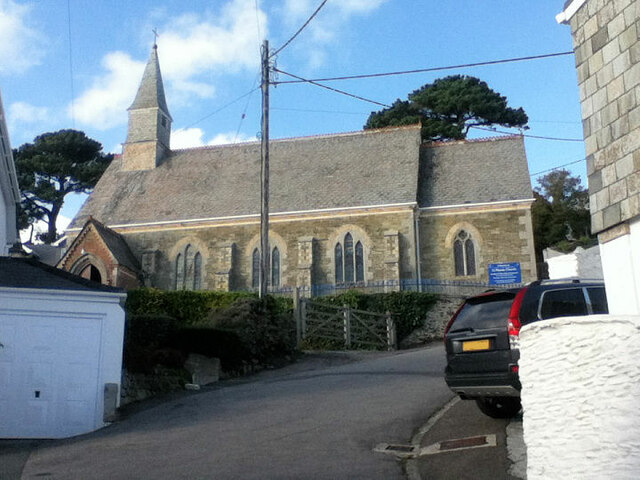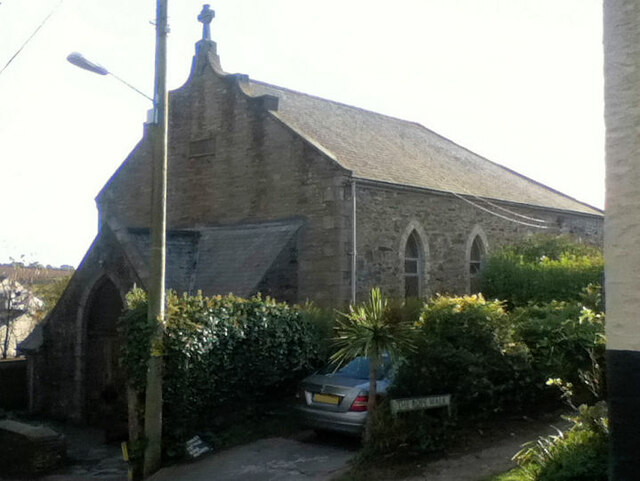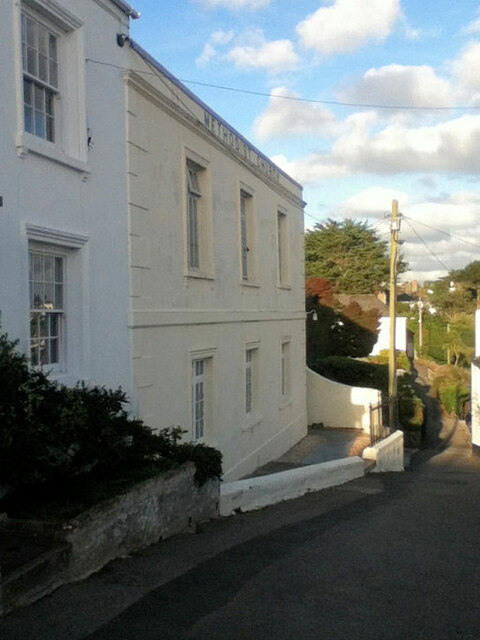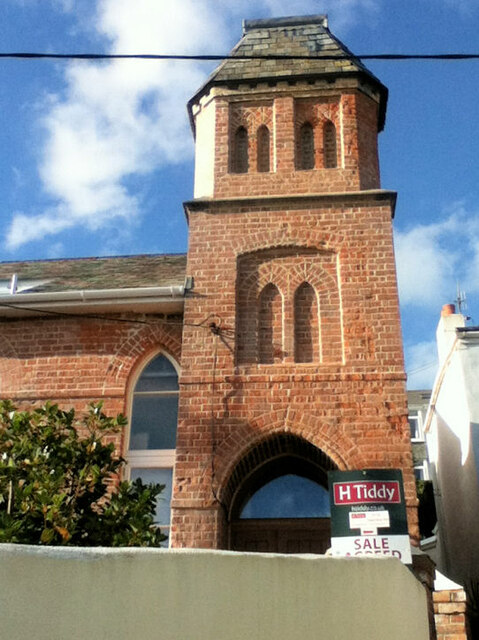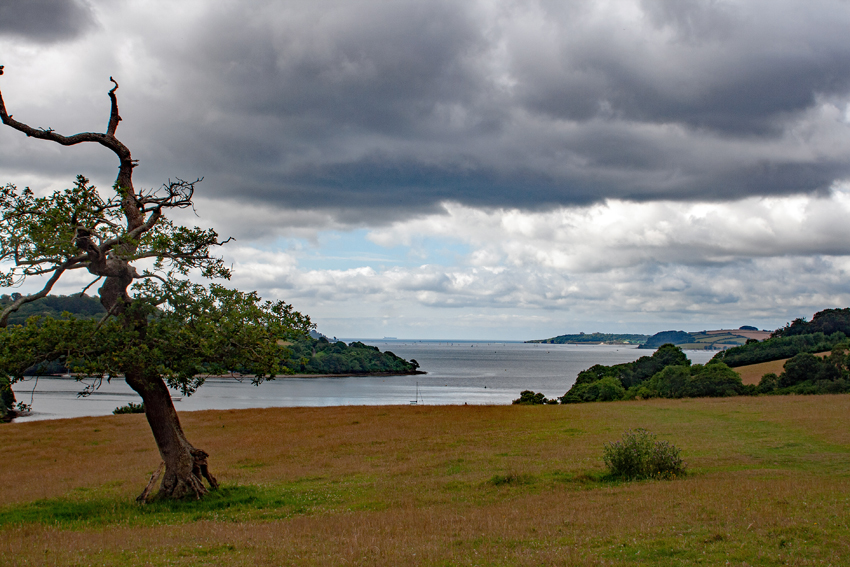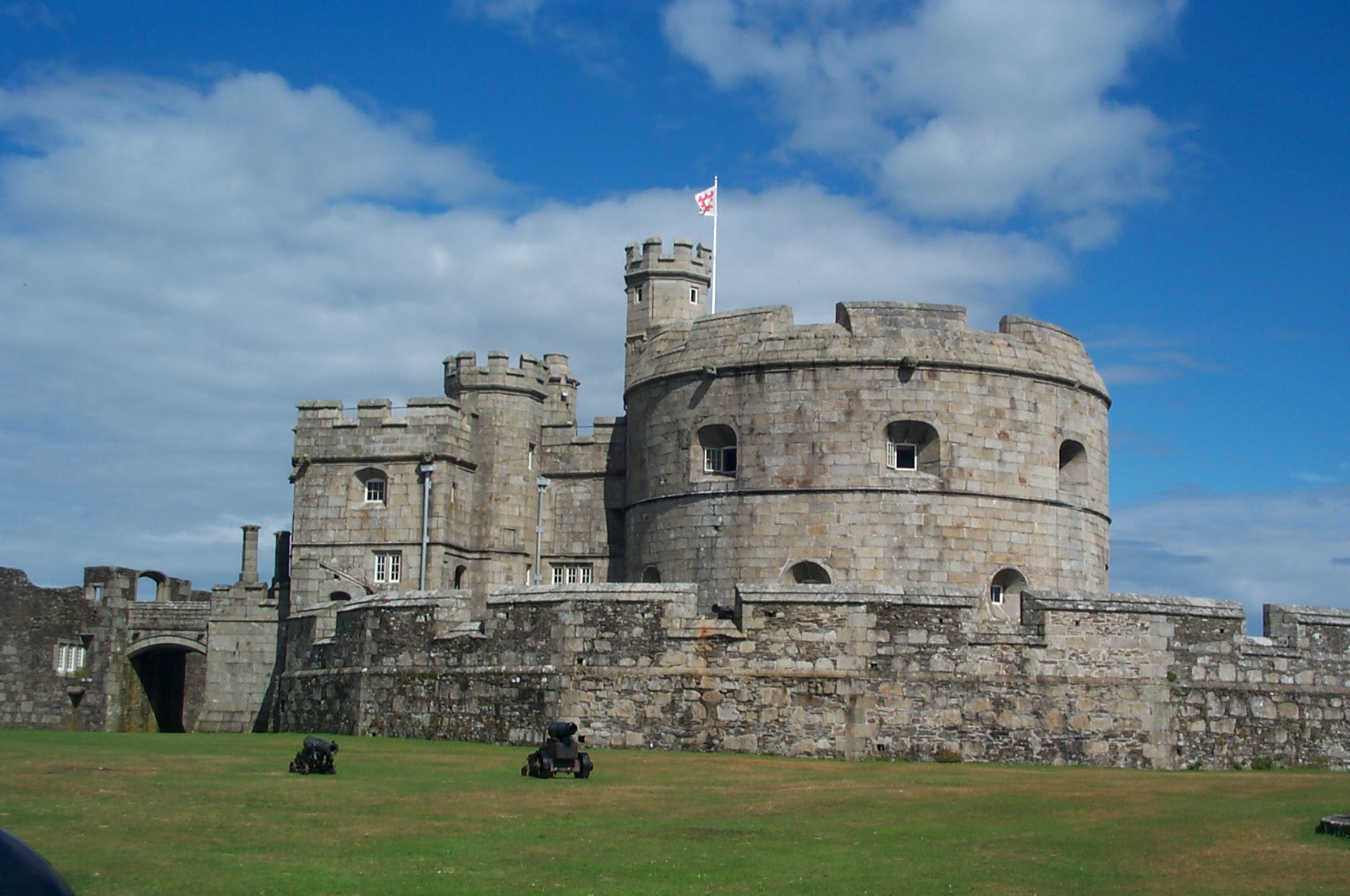Black Rock
Island in Cornwall
England
Black Rock
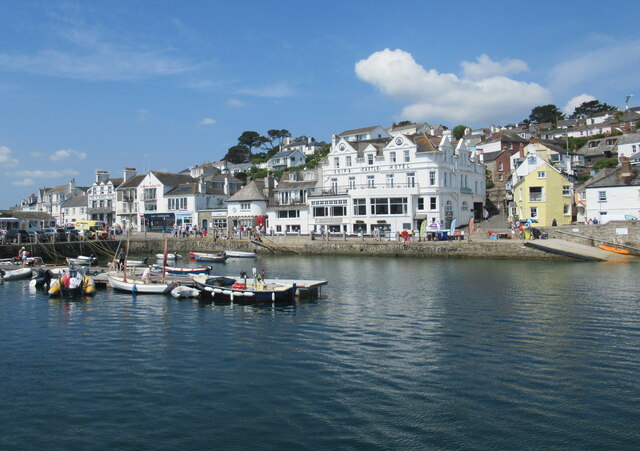
Black Rock is a small island located off the north coast of Cornwall, England. It is situated approximately 1.5 miles west of Widemouth Bay and is part of the Bude area. The island is accessible by foot during low tide, but becomes completely cut off from the mainland during high tide.
Black Rock is known for its rugged and dramatic landscape. It is primarily composed of dark volcanic rock, hence its name. The island is home to a variety of wildlife, including seabirds, seals, and occasionally dolphins, making it a popular spot for nature enthusiasts and birdwatchers.
The island also boasts a picturesque sandy beach, which is a popular attraction for tourists and locals alike. Visitors can enjoy sunbathing, swimming, and exploring the rock pools that are teeming with marine life. The clear waters surrounding the island are ideal for snorkeling and diving.
Black Rock has a rich history, with evidence of human occupation dating back thousands of years. The remains of an Iron Age hillfort can still be seen on the island, providing insight into its ancient past. The island was also used as a lookout during World War II due to its strategic position.
Today, Black Rock remains a tranquil and unspoiled destination, offering visitors the chance to escape the hustle and bustle of everyday life and immerse themselves in the natural beauty of Cornwall's coastline.
If you have any feedback on the listing, please let us know in the comments section below.
Black Rock Images
Images are sourced within 2km of 50.14543/-5.0332374 or Grid Reference SW8331. Thanks to Geograph Open Source API. All images are credited.
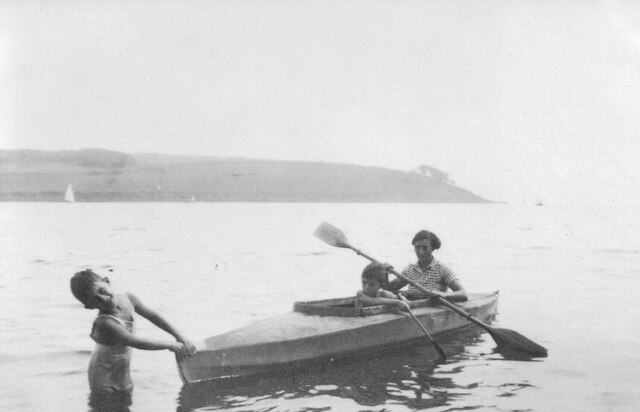
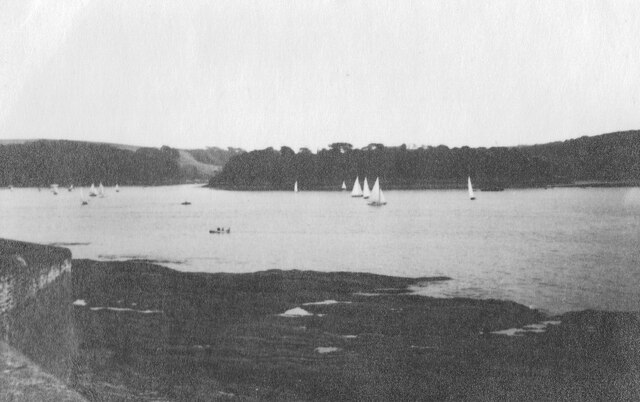

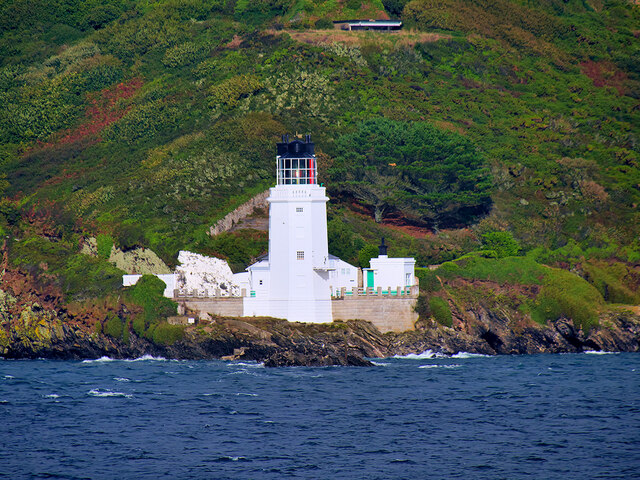

Black Rock is located at Grid Ref: SW8331 (Lat: 50.14543, Lng: -5.0332374)
Unitary Authority: Cornwall
Police Authority: Devon and Cornwall
What 3 Words
///shirtless.asked.deflation. Near Falmouth, Cornwall
Nearby Locations
Related Wikis
Carrick Roads
Carrick Roads (Cornish: Dowr Carrek, meaning "rock anchorage") is the estuary of the River Fal on the south coast of Cornwall in England. It joins the...
Pendennis Castle
Pendennis Castle (Cornish: Penn Dinas, meaning "headland fortification") is an artillery fort constructed by Henry VIII near Falmouth, Cornwall, England...
Percuil River
The Percuil River is an estuary and stream draining the southern part of the Roseland Peninsula of Cornwall, UK and is one of three major tidal creeks...
SM UB-106
SM UB-106 was a German Type UB III submarine or U-boat in the German Imperial Navy (German: Kaiserliche Marine) during World War I. She was commissioned...
Nearby Amenities
Located within 500m of 50.14543,-5.0332374Have you been to Black Rock?
Leave your review of Black Rock below (or comments, questions and feedback).


